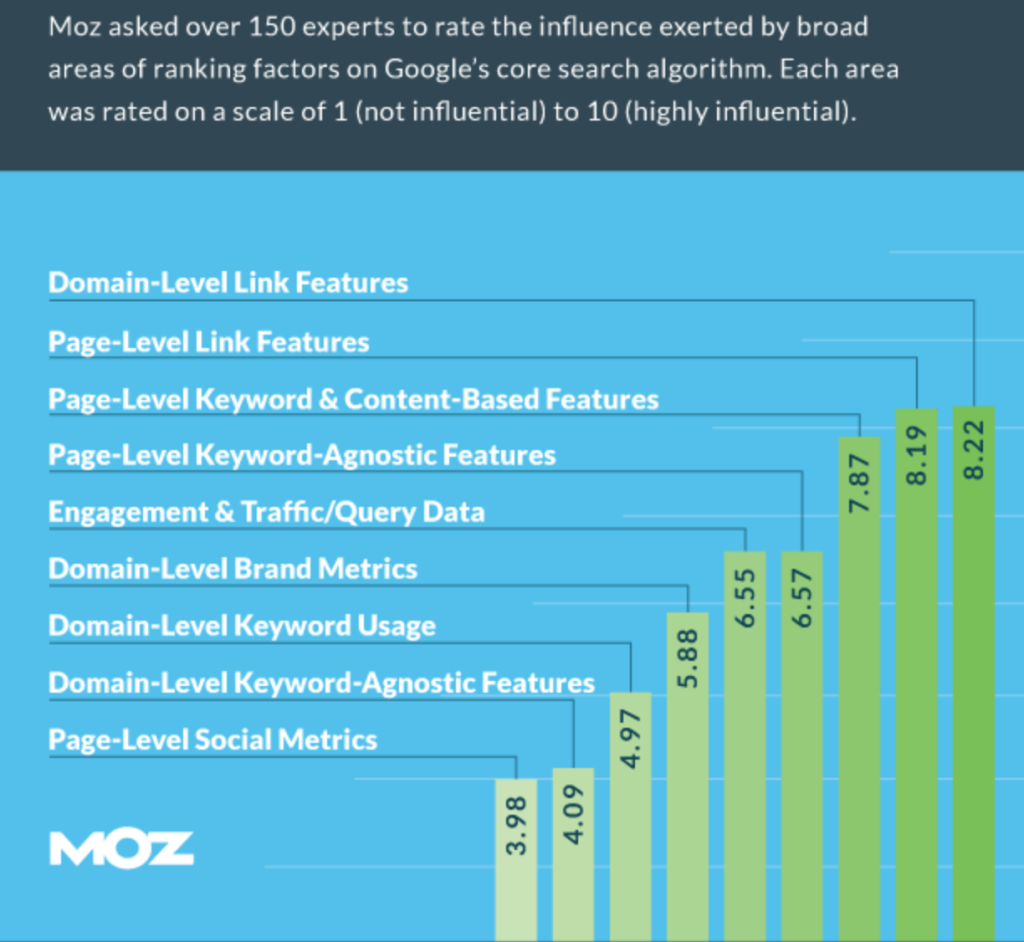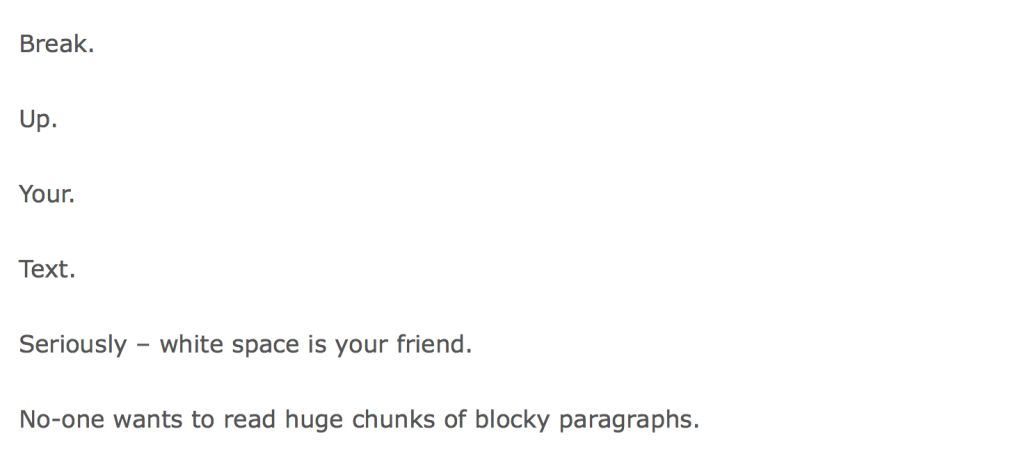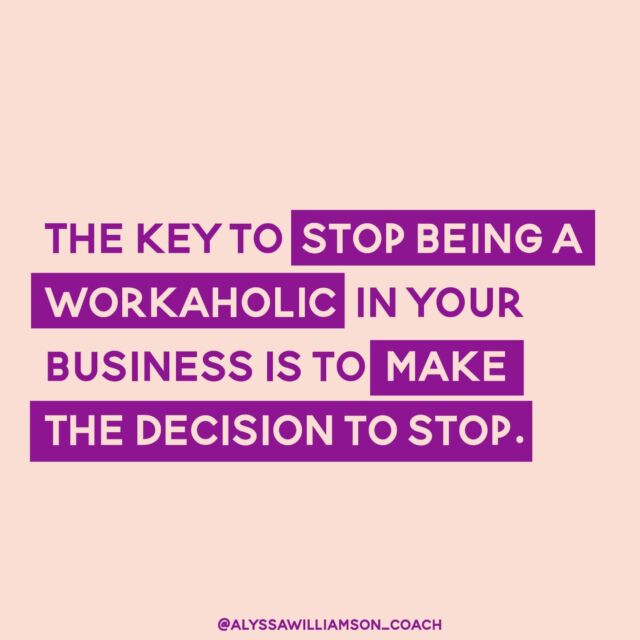Does web design impact your search engine optimization? Absolutely. SEO has everything to do with your content, and the design of your site either benefits your website’s ranking or makes it harder to find. On-page SEO is one aspect of ensuring that your website shows up in search engines. We’re here to share what website design elements are most crucial for SEO.
What Research Shows
Recent research done by Moz has found that which ranking factors are most important to Google’s SEO algorithm. Moz conducted surveys “to determine which features of websites and webpages are associated with higher search rankings.”

Here are the top three factors that they found to be most relevant to high search engine rankings:
- Domain-level Link Features – This means your domain name length, TLD extension (top level domain, such as .com), and SSL certificate likely impact your ranking. It’s wise to make your domain name clear and memorable. This will it easier to find for people who are searching for your business or relevant searches.
Sources for creating an SEO-friendly domain name:
- Page-level Link Features – This factor includes the quantity and quality of links to a certain page on your site. The effects of this page feature explains why it is so beneficial to have high-quality links from other sites to your website.
- Page-Level Keyword & Content Based Features – Content continues to be crucial in order for your site to rank in Google’s search engine. This means having a good amount of quality content that is relevant to your business field.
The research done by Moz shows correlations between certain site features and search engine rankings, which you can read more about on their site.
Text & Typographical Design
Another important aspect of web design that can impact your site’s SEO is how you utilize text.
Your typography needs to have clear hierarchy. Great hierarchy ensures your most important information is processed understood first. A common example of this is having page titles larger and bolder than the rest of the body text. If it is your homepage, the call to action should call attention to itself immediately, so that they know what they need to do on your website. Hierarchy makes your website easier to navigate which in turn ensures that your visitors stay on your website. People often think website design just includes graphics and images, yet typography is a crucial aspect that influences the user experience of your site. Don’t neglect the text on your website and how it’s arranged.
Another important thing to remember with text is that negative space is a good thing! As mentioned by The Branded Solopreneur, “No-one wants to read huge chunks of blocky paragraphs.” When it comes to text on your website, it’s always best to keep it clear and succinct.

image from The Branded Solopreneur
Load Time
The evidence continues to show that the amount of time your site takes to load affects your search engine optimization. According to an article from Search Engine Land, Google compares your websites loading speed to competitors when determining page rankings. The faster your site loads, the better.
Google considers your page speed because it affects the website user’s experience. Web users expect a website to load quickly, which is why Google is going to give people the result with the quickest loading time. Remember, everything that Google does is to provide their users with the best, most relevant results they are looking for.
One factor that impacts your page rankings are the images on your site. A common website mistake is to upload images in the largest size, however, you often don’t need the largest possible size. Scale the image to the size that you want before loading into your website. One easy way to downsize images is editing photos in Photoshop and using the “Save for Web” option.
Speaking of images, make sure you fill out Alt Text and Title Text with relevant and unique keywords for your images. Proper image titles will also improve your search engine optimization.
Mobile-Friendly Site
Your website must be mobile-friendly. Incase you missed it, at the beginning of the year Google announced a change to their algorithm that was aimed to improve mobile search rankings. This update was called “Mobilegeddon” and was the buzz in the digital marketing world for a few months. Websites that were not mobile-responsive likely experienced a drop in their page rankings as they no longer show in mobile search results.
Having a mobile-friendly website ensures a better overall user experience. As search engines cater the user, SEO is largely about the user experience. Searchmetrics writes that “responsive web design may be having a positive effect on rankings.” Ensuring that your website looks good on any device will boost traffic to your website.
A simple way to put it is that the more beautiful your site is and the easier it is to navigate through, the more likely your site is to have a higher ranking in search engines. A well-designed site that is easily found online will also improve your overall brand identity.
As you’re gearing up for the New Year it’s the perfect time to review your website and how it’s performing. Optimizing your website for search engines allows you to bring in more traffic to your site! Need help with your on-page SEO? Take action today by setting up an appointment with us and learn more about our SEO services.


 , Work Less, Profit More...Create a Life You're Freakin Obsessed With
, Work Less, Profit More...Create a Life You're Freakin Obsessed With 






